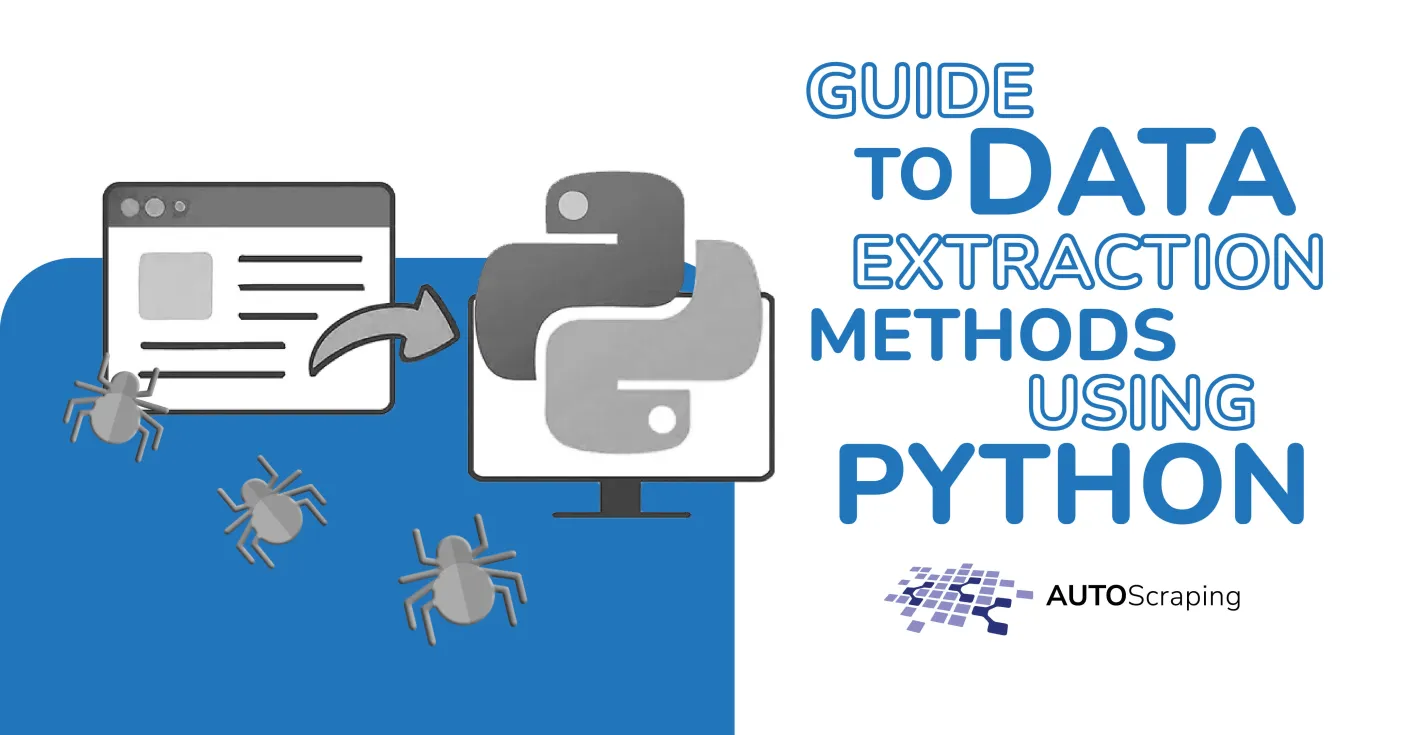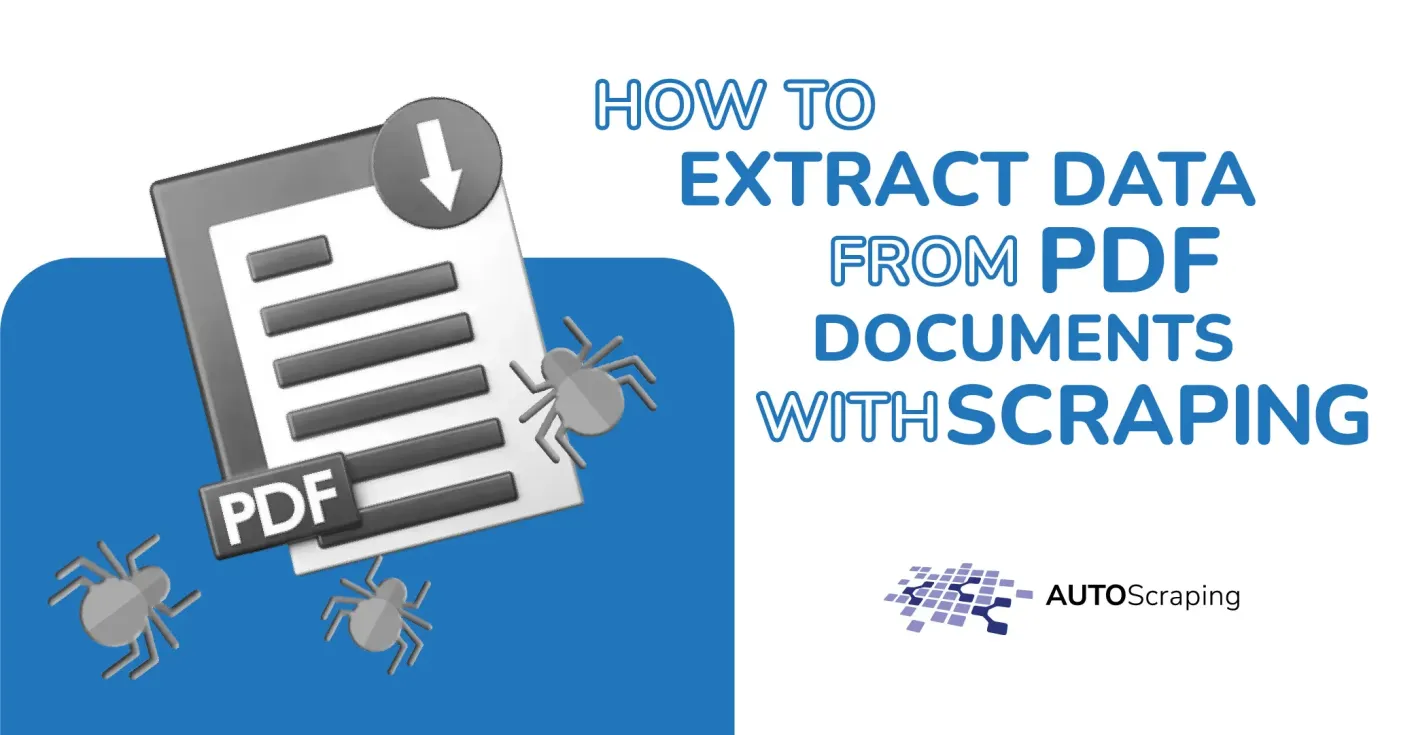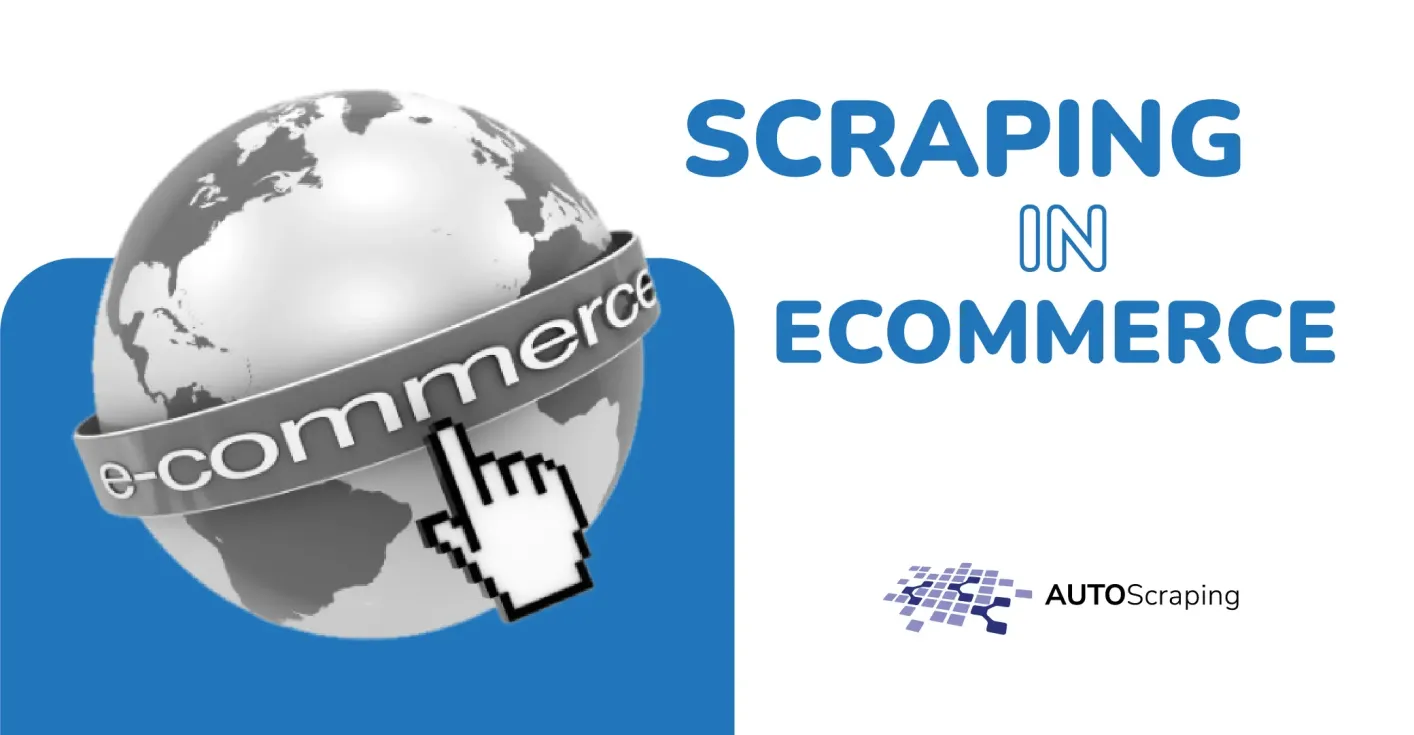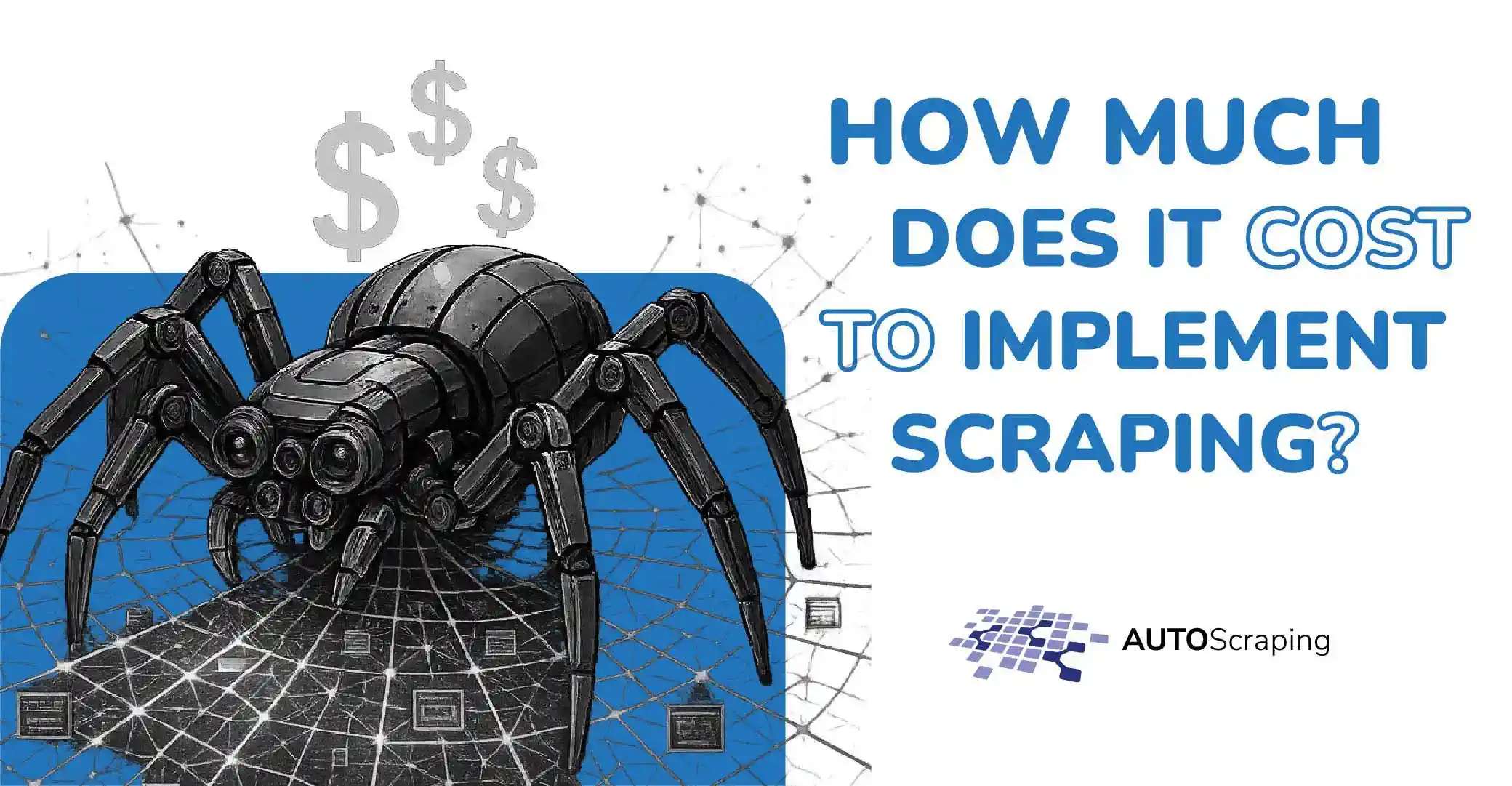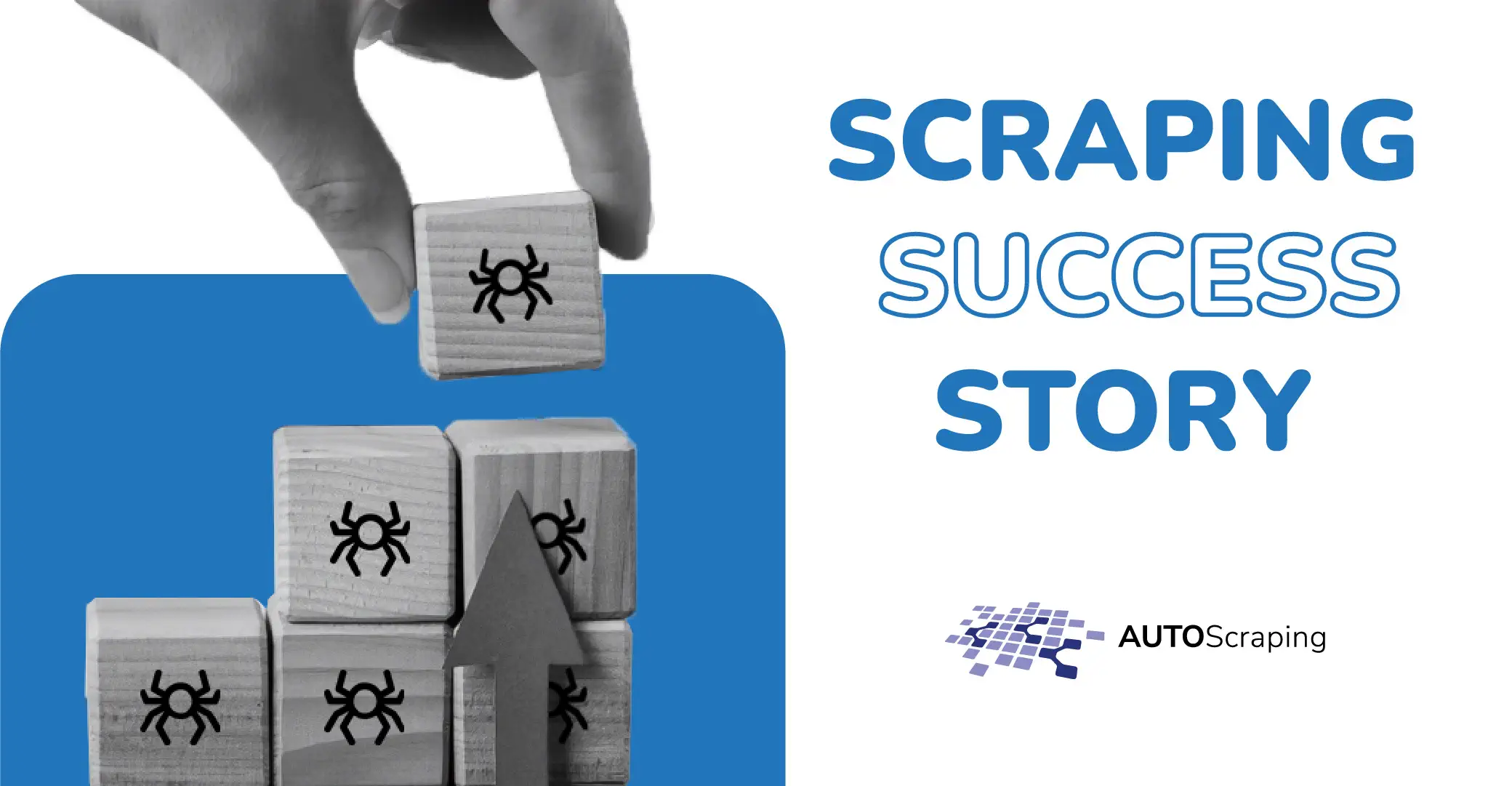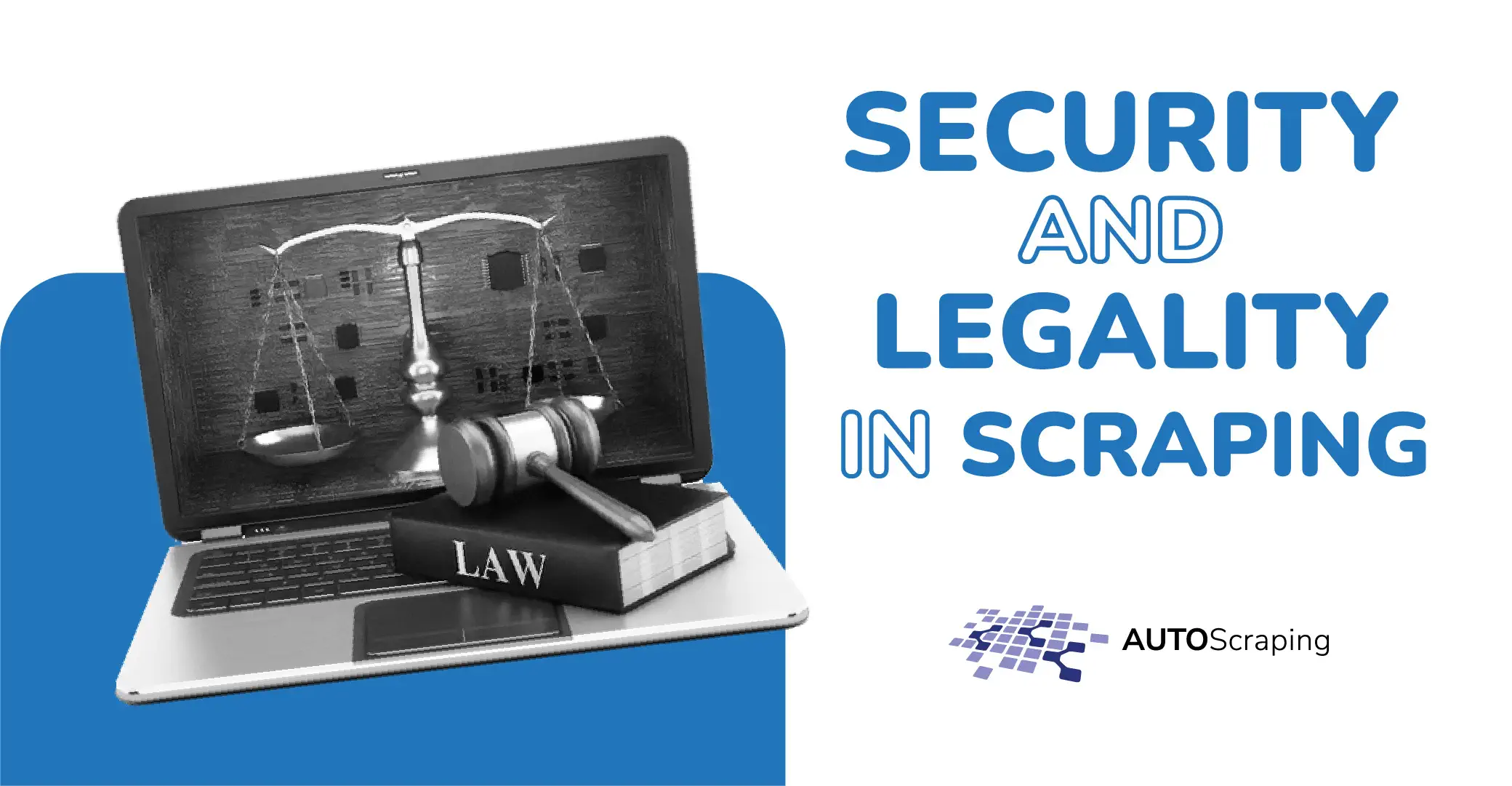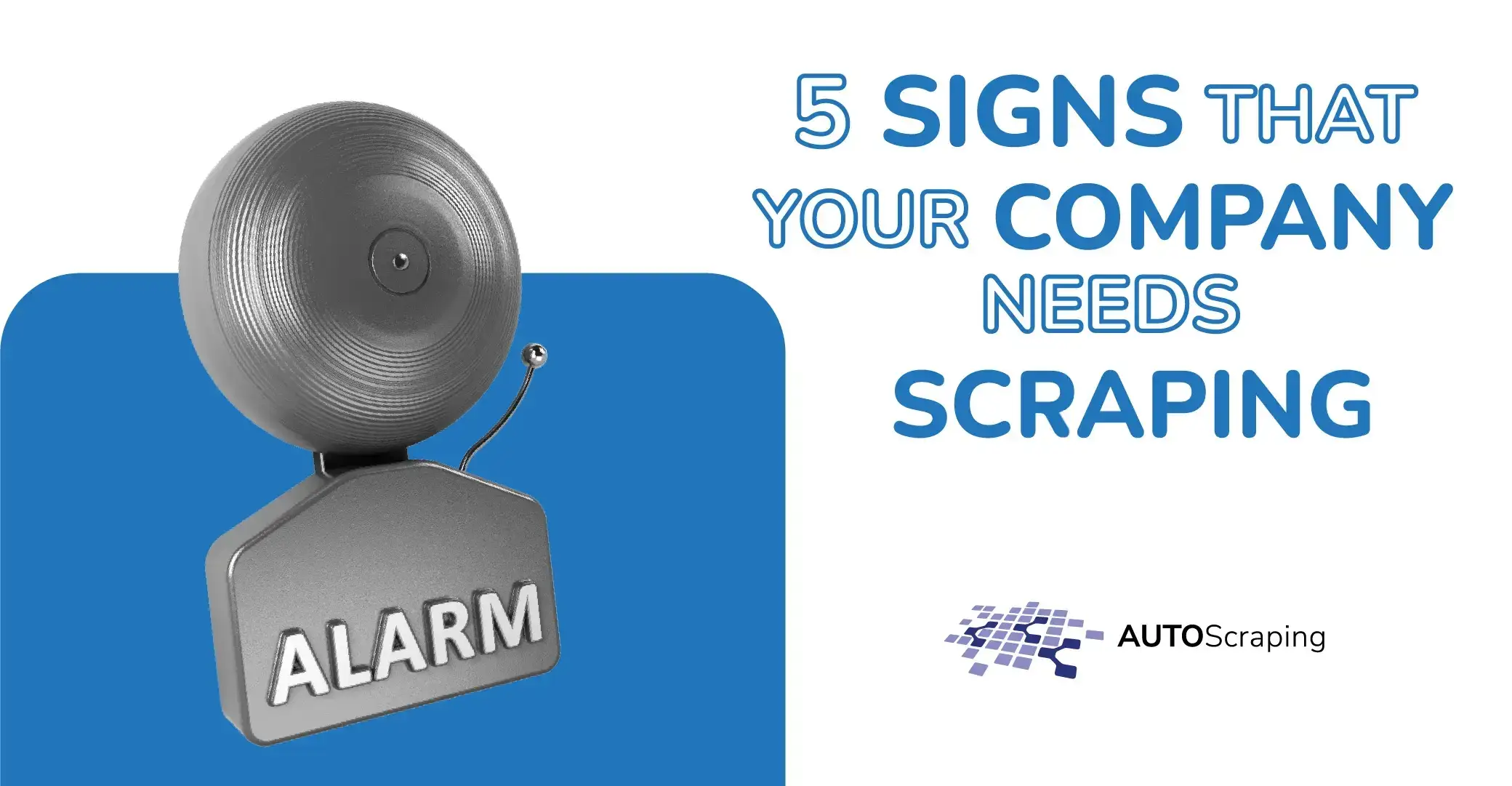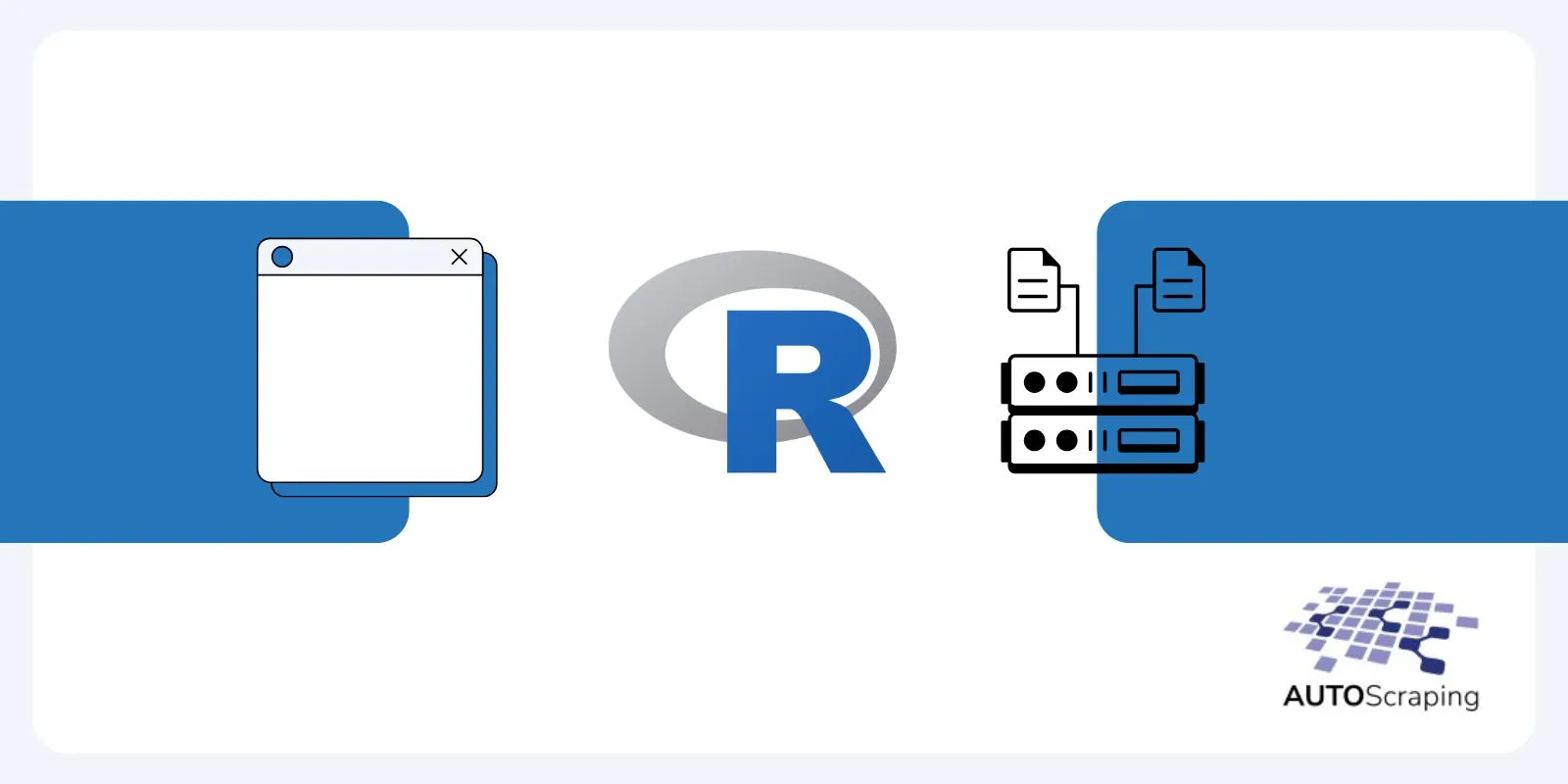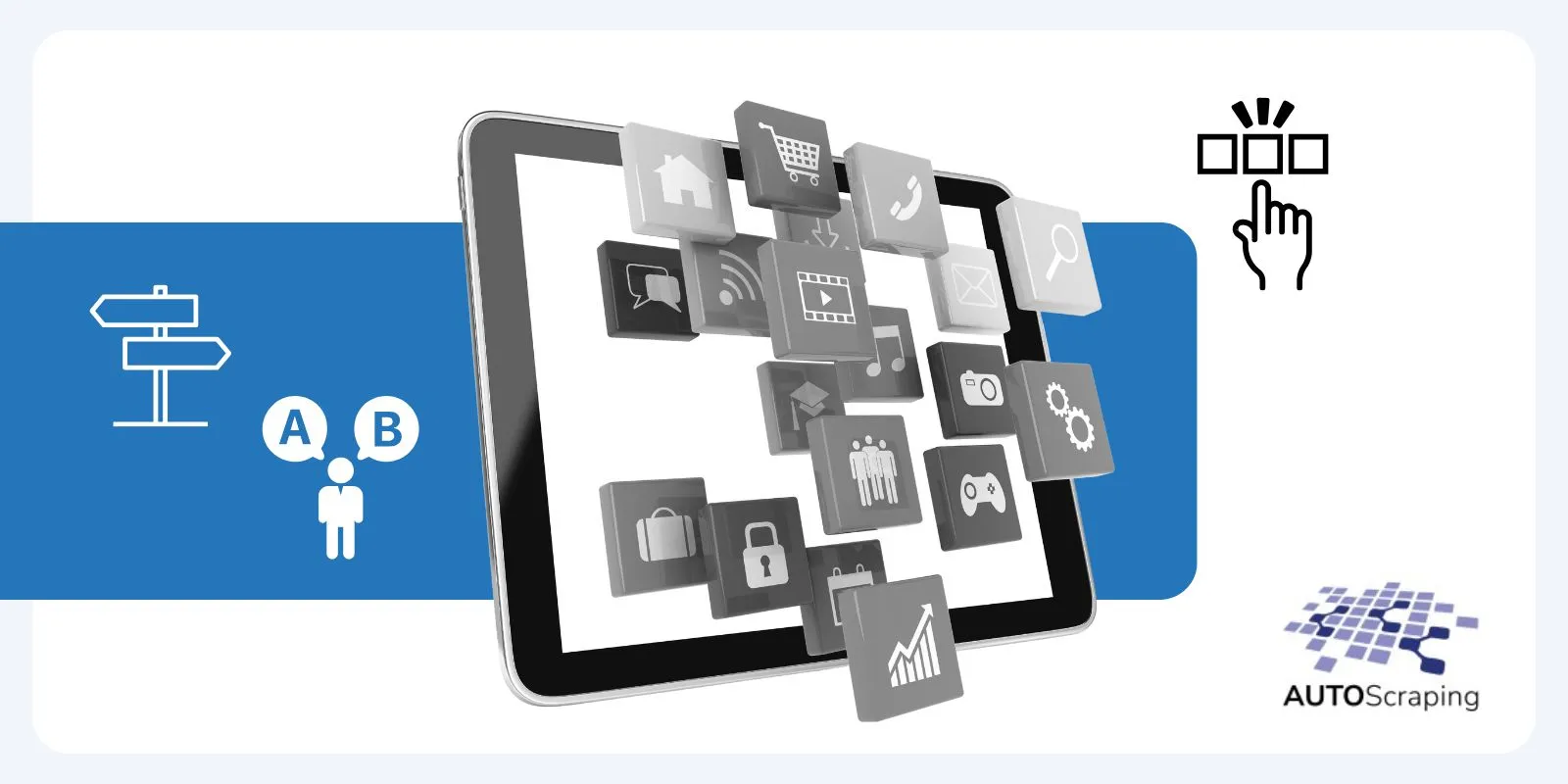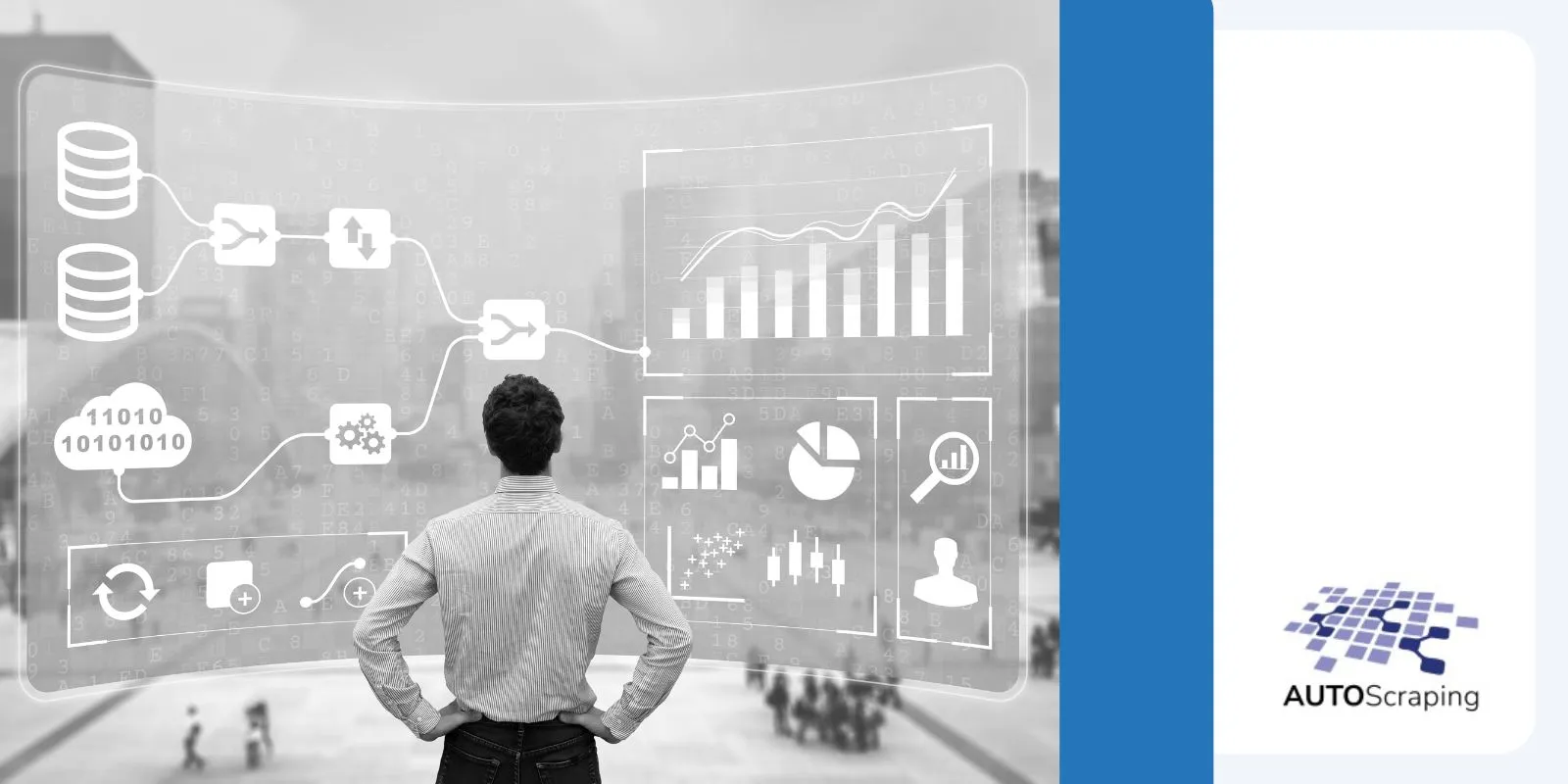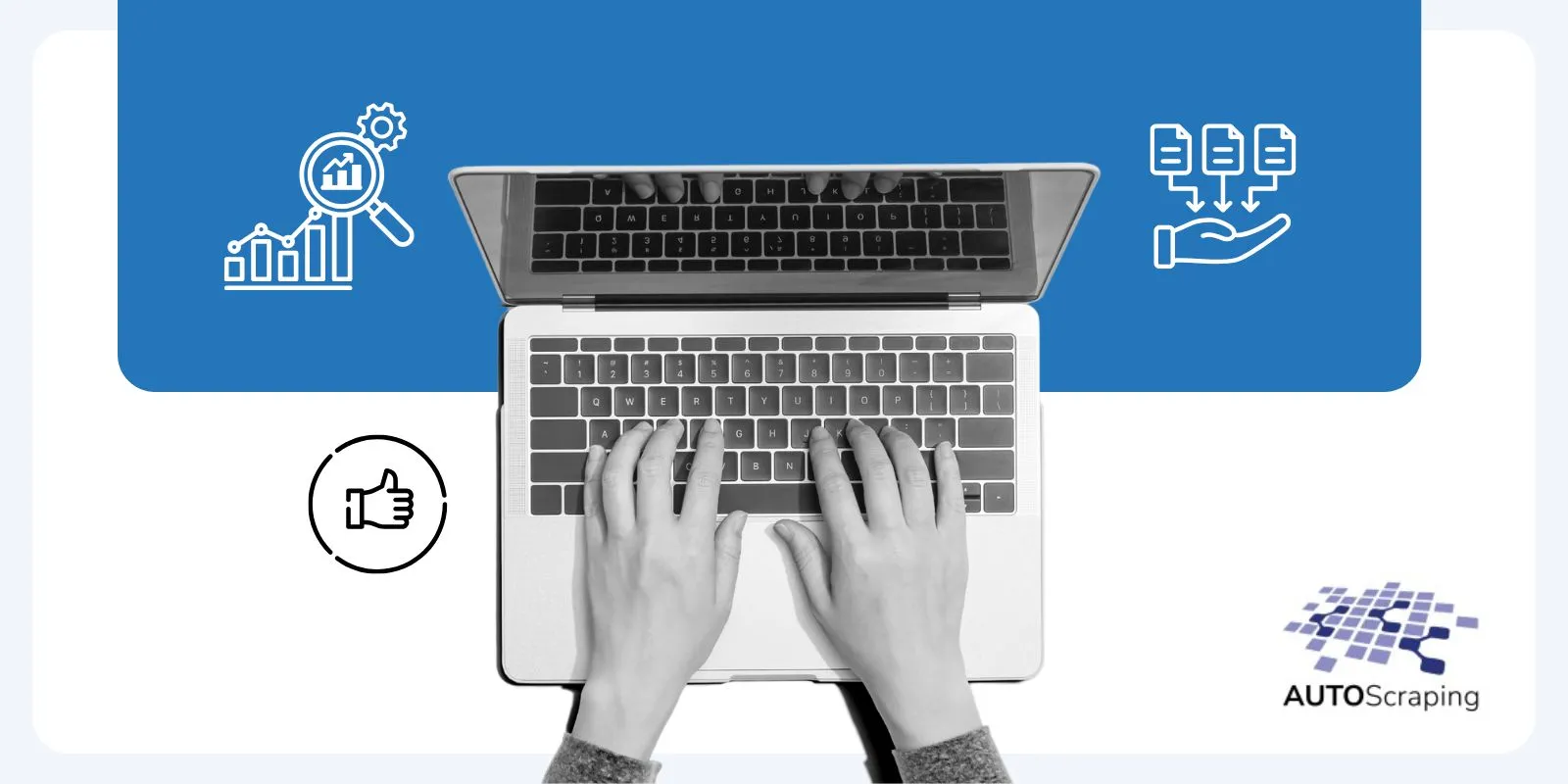Many companies struggle to understand the difference between web scraping and data mining. This confusion can lead to ineffective strategies and wasted resources.
Web scraping and data mining may sound similar, but they serve different purposes and require different approaches. With so much information available on the Internet, knowing which method to use can significantly influence the results.
In this article, we will explain the key differences between web scraping and data mining, helping you determine the best approach for your needs in 2024.
How to Integrate Web Scraping and Data Mining for Business Intelligence?
Web scraping and data mining are two powerful tools that, combined, can elevate your business intelligence strategy by transforming unstructured data into actionable information. Here is a step-by-step guide on how to integrate these processes effectively:
Define your data objectives
The first step is to understand what type of data will bring the most value to your business; identifying your objectives is crucial.
For example, companies in industries such as:
- E-commerce
- Real estate
- Marketing
May be looking for product pricing, customer reviews, market trends or competitor analysis.
Automate data extraction and save time on repetitive tasks!

Utilize Web Scraping for Data Collection
Once you have determined your data targets, web scraping helps you collect data from relevant sources. Web scraping involves extracting structured and unstructured data from websites, allowing companies to collect massive data sets quickly and efficiently.
These data sets often contain valuable information such as:
- Prices
- Product listings
- Customer reviews or market forecasts
- Market forecasts.
Power of data without the hassle, ensuring you get the information you need when you need it.
At AutoScraping, we understand that data extraction can be a complex and time-consuming process.
Our tools are designed to help you harness the power of data without the hassle, ensuring you get the information you need when you need it. Such As:
Make the most of the information available on the web with our personalized web scraping service! Book a meeting.
Apply Data Mining for Insight Generation
While web scraping collects raw data, data mining turns that data into meaningful insights. This process involves analyzing large datasets to identify patterns, correlations, and trends that are hidden in the data.
Businesses can use these insights to predict customer behavior, optimize pricing strategies, and even forecast future trends.
Data mining techniques include:
- Classification: Grouping data into predefined categories (e.g., segmenting customers by behavior).
- Clustering: Identifying similarities in large datasets (e.g., finding common attributes in product reviews).
- Association rule mining: Discovering relationships between different variables (e.g., analyzing which products are bought together).
Recommended Lecture: Web Scraping basics: What you need to know to get started
Automation for continuous data flow
The integration of web scraping and data mining should be automated wherever possible to ensure that the data pipeline runs smoothly and consistently. Automation ensures that up-to-date data is received without the need to manually initiate each collection or analysis process.
This real-time flow of information is critical for making timely decisions in fast-moving industries such as e-commerce or financial markets.
How to Automate the Integration of Web Scraping and Data Mining
Automating the integration of web scraping and data mining can improve efficiency by providing real-time data collection and analysis. Here’s how you can set up an automated system step-by-step:
| Step | Description |
| Choose the Right Tool | Select a reliable web scraping tool that fits your business needs, ensuring it can handle large datasets efficiently. |
| Define Data Sources | Identify the websites to scrape and specify the data fields required (e.g., prices, reviews, job listings). |
| Schedule Data Extraction | Use scheduling tools to set regular scraping intervals for continuous data flow, minimizing manual intervention. |
| Set Up Proxy Management | Implement rotating proxies to avoid detection and access multiple websites without being blocked. |
| Process and Clean Data | Automate data cleaning processes to remove duplicates, handle missing values, and normalize the information. |
| Apply Data Mining Techniques | Utilize automated techniques to analyze and extract insights from the cleaned data effectively. |
| Create Real-Time Data Pipelines | Integrate web scraping and data mining to ensure seamless data movement and timely access to insights. |
With AutoScraping, automating the integration of web scraping and data extraction is easy. Our solutions are designed to handle everything from data collection to information generation.
Ensuring your business operates with accurate, up-to-date information. Whether you need to scale your operations or manage recurring data, we offer an efficient service, using cutting-edge technologies to bypass anti-bot systems and manage proxy infrastructure seamlessly.
By leveraging our advanced technologies and expertise in data extraction, AutoScraping empowers you to make informed decisions based on accurate and timely information.
Legal Considerations in Web Scraping vs. Data Mining
When dealing with web scraping and data mining, it’s essential to navigate the legal landscape carefully. Here are key considerations to keep in mind for both practices:
| Aspect | Web Scraping | Data Mining |
| Copyright Laws | Scraping content from websites may violate copyright laws, especially if the data is proprietary or protected. Always check the copyright status of the data you plan to scrape. | Data mining typically uses data that is already collected and stored. However, using copyrighted data without permission can still lead to legal issues. |
| Terms of Service | Many websites have specific terms of service (ToS) that prohibit scraping. Ignoring these terms can result in legal action or being banned from the site. | Data mining usually relies on data that complies with the ToS of the source. It’s crucial to ensure that your data mining practices align with these terms to avoid penalties. |
| Privacy Regulations | Scraping personal data may violate privacy laws, such as GDPR in Europe or CCPA in California. Ensure compliance when handling sensitive information. | Data mining can involve processing personal data, which also requires adherence to privacy regulations. Always anonymize or aggregate data to protect individual identities. |
| Bots and Anti-Scraping Measures | Many websites employ anti-bot measures to prevent scraping. Circumventing these protections may lead to legal repercussions. | Data mining does not typically involve interacting with websites directly, so these measures are less of a concern, but ethical considerations still apply when accessing data. |
| Public vs. Private Data | Publicly available data may seem fair game for scraping, but it’s essential to consider ethical implications and the site’s intended use for that data. | Data mining often relies on aggregate data from various sources. Using public data responsibly while respecting the original intent of the data collection is crucial. |
| Intellectual Property | If your scraping includes elements like trademarks or logos, be cautious as this can lead to IP infringement claims. | Data mining may also involve intellectual property considerations if proprietary algorithms or processes are involved in analyzing the data. |
Recommended Lecture: Data Scraping vs Web Scraping
How Does Web Scraping Enhance Data Mining for Competitive Advantage?
Web scraping plays a crucial role in enhancing data mining by providing access to real-time information, which allows businesses to make informed decisions and respond quickly to market changes. Here are the key benefits:
Access to Real-Time Data:
- Continuous monitoring of competitors and market trends helps businesses stay informed and proactive.
Data Enrichment:
- Scraping additional data points enhances existing datasets, leading to deeper insights and more accurate analyses.
Market Insights:
- Analyzing consumer behavior and sentiment from scraped data enables businesses to tailor their offerings and marketing strategies effectively.
Competitive Benchmarking:
- By gathering data on competitors, companies can benchmark their performance and identify areas for improvement.
Identifying Opportunities:
- Scraped data reveals emerging trends and customer needs, guiding innovation and helping fill market gaps.
Automated Data Collection:
- Automation saves time and resources, allowing teams to focus on analysis rather than manual data gathering.
Enhanced Predictive Analytics:
- Integrating scraped data improves predictive models, enabling better anticipation of market shifts and customer behavior.
Improved Customer Segmentation:
- Analyzing data leads to more precise customer segments, resulting in tailored marketing campaigns that drive engagement.
Cost-Effective Data Collection: Web Scraping vs. Data Mining
Web scraping is often more cost-effective than traditional data mining for data collection. By automating the extraction of information from various online sources, web scraping significantly reduces the time and labor costs associated with manual data collection.
Companies that apply web scraping can collect large volumes of data more quickly, allowing them to respond to market changes without incurring high operational costs.
In contrast, data mining often requires significant investments in software, specialized tools and skilled personnel, making it less adaptable to rapid data retrieval.
FAQS: Web Scraping vs Data Mining
Is web scraping the same as data mining?
No, web scraping focuses on extracting data from websites, while data mining analyzes large datasets to discover patterns and insights.
What is the difference between web scraping and data extraction?
Web scraping specifically refers to gathering data from the web, whereas data extraction can involve obtaining data from various sources, including databases.
What is the difference between data mining and web mining?
Data mining analyzes large datasets for patterns, while web mining focuses on extracting information from web data, including content and usage patterns.
What is the difference between web scraping and text mining?
Web scraping collects data from websites, whereas text mining analyzes text data to extract meaningful information and insights.
What is the difference between scraping and mining?
Scraping involves collecting data from websites, while mining refers to analyzing data to identify trends, patterns, or valuable insights.
What is the difference between web crawlers and data mining?
Web crawlers systematically browse the web to collect data, while data mining processes collect data to find patterns or insights.


